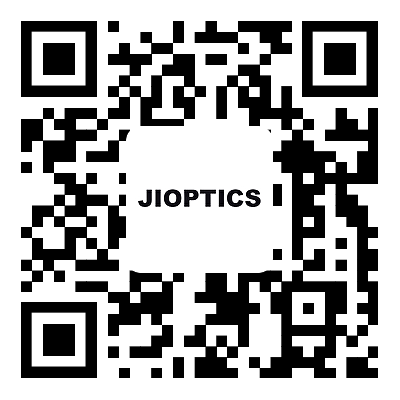How does the Ring Laser Gyroscope work?
2023-01-12
Gyroscopes are generally classified as laser gyros, fiber optic gyros, micromechanical gyros, and piezoelectric gyros. These are electronic gyroscopes that can be built together with GPS, reluctance chips, and accelerometers into inertial navigation control systems.
Modern fiber optic gyroscopes include interference gyroscopes and resonant gyroscopes, both of which were developed according to Segnick's theory. The gist of Segnick's theory is this: when a light beam travels through a circular channel, if the channel itself has a rotational speed, it takes more time for the beam to travel in the direction the channel is rotating than it does to travel in the opposite direction.
That is to say, as the optical loop rotates, the optical path of the optical loop changes in different directions relative to the optical path of the loop at rest. By using this change in optical path, if the interference between the light advancing in different directions is generated to measure the rotation speed of the loop, interference type fiber gyroscope can be manufactured. If the interference between the light circulating in the loop is realized by using this change in optical path of the loop, that is, by adjusting the resonance frequency of the optical fiber loop and then measuring the rotation speed of the loop, You can make a resonant fiber optic gyroscope.
The principle of Ring Laser Gyroscope is to use optical path difference to measure rotational angular velocity (Sagnac effect). In the closed optical path, the rotation angular velocity of the closed optical path can be measured by detecting the change of phase difference or interference fringe when two beams of light transmitted clockwise and counterclockwise from the same light source are transmitted. The basic component of a laser gyroscope is a ring laser. The ring laser consists of a closed optical path made of triangular or square quartz, with one or more tubes containing a mixture of gases (helium-neon gas), two opaque mirrors and a semi-transparent mirror. A mixture of gases is excited by a high frequency power supply or a DC power supply to produce a single color laser. To maintain loop resonance, the loop perimeter should be an integral multiple of the wavelength of the light wave. A semi-transparent mirror is used to export the laser to the loop, through the mirror to make two oppositely transmitted laser interference, through the photodetector and circuit input and output Angle proportional to the digital signal.
Modern fiber optic gyroscopes include interference gyroscopes and resonant gyroscopes, both of which were developed according to Segnick's theory. The gist of Segnick's theory is this: when a light beam travels through a circular channel, if the channel itself has a rotational speed, it takes more time for the beam to travel in the direction the channel is rotating than it does to travel in the opposite direction.
That is to say, as the optical loop rotates, the optical path of the optical loop changes in different directions relative to the optical path of the loop at rest. By using this change in optical path, if the interference between the light advancing in different directions is generated to measure the rotation speed of the loop, interference type fiber gyroscope can be manufactured. If the interference between the light circulating in the loop is realized by using this change in optical path of the loop, that is, by adjusting the resonance frequency of the optical fiber loop and then measuring the rotation speed of the loop, You can make a resonant fiber optic gyroscope.
The principle of Ring Laser Gyroscope is to use optical path difference to measure rotational angular velocity (Sagnac effect). In the closed optical path, the rotation angular velocity of the closed optical path can be measured by detecting the change of phase difference or interference fringe when two beams of light transmitted clockwise and counterclockwise from the same light source are transmitted. The basic component of a laser gyroscope is a ring laser. The ring laser consists of a closed optical path made of triangular or square quartz, with one or more tubes containing a mixture of gases (helium-neon gas), two opaque mirrors and a semi-transparent mirror. A mixture of gases is excited by a high frequency power supply or a DC power supply to produce a single color laser. To maintain loop resonance, the loop perimeter should be an integral multiple of the wavelength of the light wave. A semi-transparent mirror is used to export the laser to the loop, through the mirror to make two oppositely transmitted laser interference, through the photodetector and circuit input and output Angle proportional to the digital signal.



